Save the After School Enrichments
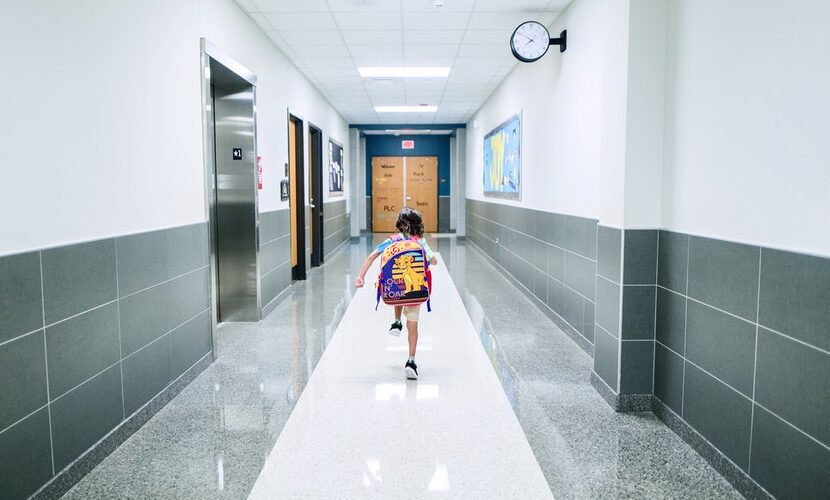 Sadly, distance learning can be a source of great frustration for our students. Sitting still and listening can be hard in a traditional classroom, especially for kids that need to see, touch and do in order to learn effectively. But, add on the new technology and lack of personal connection, and everyone is left feeling over-whelmed, disconnected and stressed.
Sadly, distance learning can be a source of great frustration for our students. Sitting still and listening can be hard in a traditional classroom, especially for kids that need to see, touch and do in order to learn effectively. But, add on the new technology and lack of personal connection, and everyone is left feeling over-whelmed, disconnected and stressed.
Many families turn to extra curricular activities to provide what their kids need more of. After school enrichment programs can give these learners the things they’re missing out on during regular school hours. But, due to the pandemic, these programs are in jeopardy. Many of them relied on classroom space in the schools or rec centers to hold their activities. With strict limits on class sizes and spacing to maintain safe programming, it has been hard find places to run these activities. The good news is that most of these programs have been able to pivot to a virtual option.
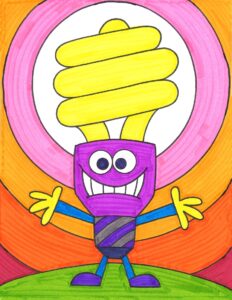
After a long day of virtual learning, kids need activities that are very right-brain and creativity focused. They need art, dance, music and other ways to use their bodies and their creative side. Participating in these types of activities will be enormously satisfying after a long day in the classroom. They’ll help develop critical thinking, skill based creativity and big picture thinking skills, no matter what your child’s learning style is.
But how do you choose the right one for your child?
Here are 5 types of extra-curricular activities and their benefits to consider.
Art is essential for right-brain thinkers. Art is the language of the right side of the brain. Doing art builds communication skills, confidence and is the most natural way for kids to express themselves. Learning to draw improves fine motor and problem-solving skills and strengthens classroom learning. But most of all art is what creative kids want to do!
Music is another great way for our kids to connect to the right side of themselves. The right side of the brain thinks in patterns and music is all about sequencing and patterns. Playing music improves hand eye coordination, concentration and patience. Research shows there’s a strong correlation between music and math skills. A little music may be just the thing your math whiz or math rookie needs.
Dance is perfect for kids that just want to move. Your child doesn’t have to grow up to be a prima ballerina to be in dance classes. Learning to dance is another great way to connect to the visual, spatial, right side of the brain, and allow for the movement all kids need. Participating in classes means learning to listen, follow directions and understanding how to move your body in space. It also teaches discipline, builds strength and increases body awareness.
Drama is great for right brain kids because it uses the whole body, while building language skills. As kids move around the stage or set, they are better able to learn their lines, which in turn help improve memory and their comfort speaking in front of a group. Participating in drama programs is a very social, three-dimensional learning experience that builds confidence, a sense of community and empathy for others.
Sports give kids the physical movement they’ve been craving all day at school. When kids play sports they develop important skills while using their physical bodies and all their senses. Playing team sports is especially important for artsy visual kids because it gets them out of their heads and into action. Being part of a team, teaches kids to compete in healthy ways, builds physical and mental strength, endurance, concentration and focus.
Choosing the right after school activity starts with knowing your child’s strengths and weaknesses. Choose activities that suit their interests and can provide things he’s not getting enough of during the school day. But also stretch a bit. Try something new. Introduce your child to new possibilities, a new side of themselves. Whatever activities you choose for your child, make sure that while it’s valuable – it’s also fun.









 Art is essential for right-brain thinkers. Art is the language of the right side of the brain. Doing art builds communication skills, confidence and is the most natural way for kids to express themselves.
Art is essential for right-brain thinkers. Art is the language of the right side of the brain. Doing art builds communication skills, confidence and is the most natural way for kids to express themselves. 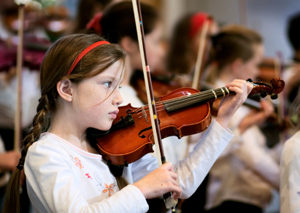 Music is another great way for our kids to connect to the right side of themselves. The right side of the brain thinks in patterns and music is all about sequencing and patterns. Playing music improves hand eye coordination, concentration and patience. Research shows there’s a strong correlation between music and math skills. A little music may be just the thing your math whiz or math rookie needs.
Music is another great way for our kids to connect to the right side of themselves. The right side of the brain thinks in patterns and music is all about sequencing and patterns. Playing music improves hand eye coordination, concentration and patience. Research shows there’s a strong correlation between music and math skills. A little music may be just the thing your math whiz or math rookie needs.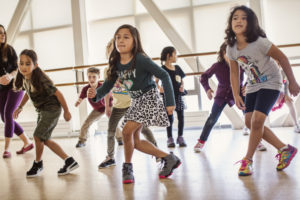 Dance is perfect for kids that just want to move. Your child doesn’t have to grow up to be a prima ballerina to be in dance classes. Learning to dance is another great way to connect to the visual, spatial, right side of the brain, and allow for the movement all kids need. Participating in classes means learning to listen, follow directions and understanding how to move your body in space. It also teaches discipline, builds strength and increases body awareness.
Dance is perfect for kids that just want to move. Your child doesn’t have to grow up to be a prima ballerina to be in dance classes. Learning to dance is another great way to connect to the visual, spatial, right side of the brain, and allow for the movement all kids need. Participating in classes means learning to listen, follow directions and understanding how to move your body in space. It also teaches discipline, builds strength and increases body awareness. Drama is great for right brain kids because it uses the whole body, while building language skills. As kids move around the stage or set, they are better able to learn their lines, which in turn help improve memory and their comfort speaking in front of a group. Participating in drama programs is a very social, three-dimensional learning experience that builds confidence, a sense of community and empathy for others.
Drama is great for right brain kids because it uses the whole body, while building language skills. As kids move around the stage or set, they are better able to learn their lines, which in turn help improve memory and their comfort speaking in front of a group. Participating in drama programs is a very social, three-dimensional learning experience that builds confidence, a sense of community and empathy for others.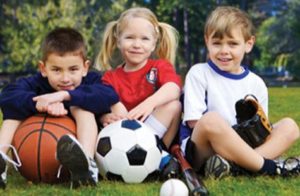 Sports give kids the physical movement they’ve been craving all day at school. When kids play sports they develop important skills while using their physical bodies and all their senses. Playing team sports is especially important for artsy visual kids because it gets them out of their heads and into action. Being part of a team, teaches kids to compete in healthy ways, builds physical and mental strength, endurance, concentration and focus.
Sports give kids the physical movement they’ve been craving all day at school. When kids play sports they develop important skills while using their physical bodies and all their senses. Playing team sports is especially important for artsy visual kids because it gets them out of their heads and into action. Being part of a team, teaches kids to compete in healthy ways, builds physical and mental strength, endurance, concentration and focus.

January 16, 2021 @ 5:59 pm
I appreciate you sharing this blog. Really thank you! Really Great. Phil Lesley Egin